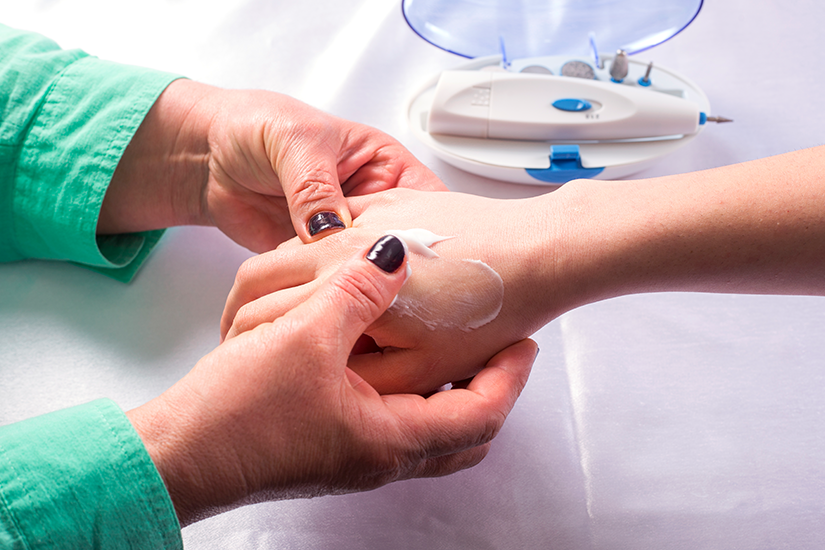- Emergency Ambulance Services
- 8606811111
- 0471-4077777, 0471-7177888
- gro@sutpattom.com
Complications of Diabetic Foot: Risks and Treatment
Dr. Hemalatha P, Consultant in Medicine, SUT Hospital, Pattom
Diabetes is a chronic condition that affects millions of people worldwide. One of the lesser-known complications of diabetes is diabetic foot, which can lead to serious consequences if not managed properly. Diabetic foot is a condition that arises from prolonged uncontrolled diabetes. It typically involves a combination of neuropathy (nerve damage) and peripheral artery disease (poor blood circulation) in the lower limbs. These complications make the feet vulnerable to various problems, including ulcers, infections, and even amputations.
Causes of Diabetic Foot
Neuropathy: High blood sugar levels over time can damage the nerves, leading to neuropathy. This impairs sensation in the feet, making it difficult to feel pain, heat, or cold.
Peripheral artery disease: Diabetes can also cause damage to blood vessels, reducing blood flow to the feet. Poor circulation slows down the healing process and makes the feet more susceptible to infections.
Symptoms
- Numbness or tingling in the feet
- Pain or discomfort, especially while walking
- Changes in skin colour or texture
- Foot ulcers or sores that do not heal
- Foul-smelling discharge from ulcers
- Swelling or redness in the feet
Preventive measures
i. Maintain good blood sugar control
Keeping blood sugar levels within the target range can prevent or slow down the progression of diabetic foot complications.
ii. Regular foot inspections
Check your feet daily for any cuts, sores, blisters, or changes in skin colour or texture.
iii. Wear proper footwear
Choose shoes that fit well and provide adequate support and protection for your feet.
iv. Practice good foot hygiene
Wash your feet daily with mild soap and lukewarm water, and moisturize to prevent dryness and cracking.
v. Avoid going barefoot
Always wear shoes or slippers to protect your feet from injuries.
vi. Quit smoking
Smoking narrows blood vessels and impairs circulation, increasing the risk of diabetic foot complications.
vii. Schedule regular foot examinations
Visit a healthcare professional for regular foot exams to detect any problems early and prevent complications.
Diagnosis
Diagnosis of diabetic foot involves a combination of clinical assessment, physical examination, and specialized tests.
- Medical History – History of diabetes, duration of symptoms, and any previous foot problems or complications.
- Physical Examination – Checking for sensation, muscle strength, skin integrity, and blood flow to the feet.
- Neurological Testing – Monofilament testing or tuning fork tests.
- Vascular Assessment – Doppler ultrasound, Ankle-Brachial Index (ABI) measurement, or Transcutaneous Oxygen Measurement (TCOM) to assess for peripheral artery disease.
- Wound Assessment – Sample culture to identify any underlying infections.
- Imaging Studies – X-rays, Magnetic Resonance Imaging (MRI), or Computed Tomography (CT).
- Laboratory Tests – To assess kidney function, glucose levels, and inflammatory markers.
- Collaborative Care – Diagnosis and management of diabetic foot often involve a multidisciplinary team approach, including podiatrists, endocrinologists, vascular specialists, wound care specialists, and infectious disease specialists.
Treatment
The treatment of diabetic foot involves a multidisciplinary approach aimed at addressing various aspects of the condition, including wound care, infection control, glycemic control, vascular health, foot protection and lifestyle modifications.
Diabetic foot is a serious complication of diabetes that requires careful management and prevention strategies. Diabetic patients can reduce their risk of developing diabetic foot complications by maintaining good blood sugar control, practicing proper foot care, and seeking prompt medical attention to lead a quality life.









